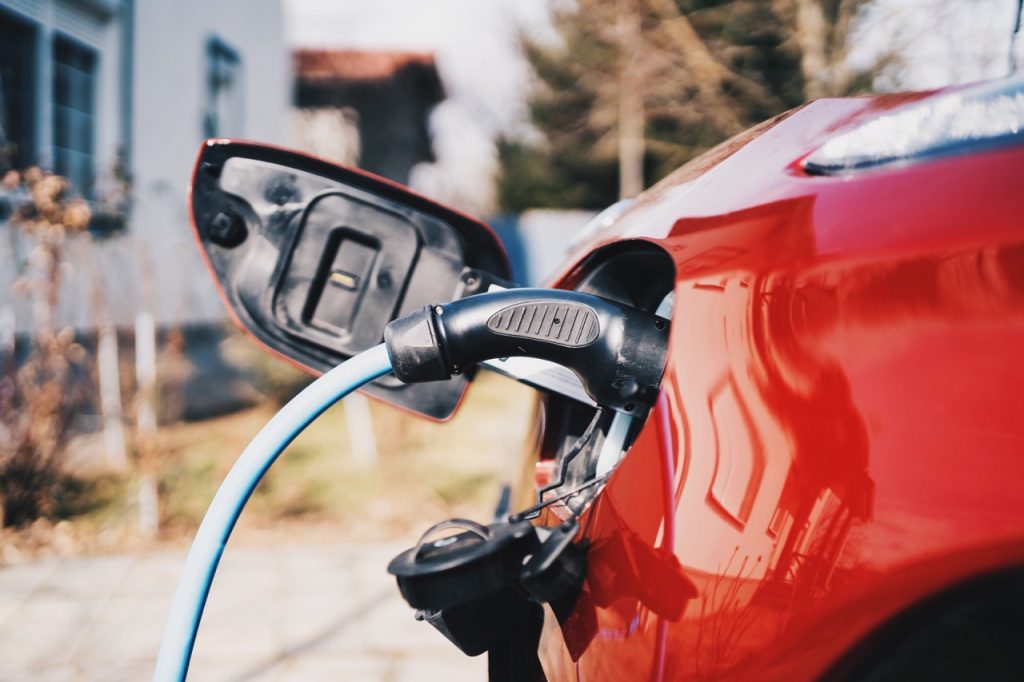Australia is one of the sunniest places in the world, so it’s no surprise that the nation is leading the charge when it comes to installing rooftop solar. In fact, over 3.5million Australian households have solar panels installed today – that’s a whopping 30% of Aussie homes!
Queensland ranks second for solar installations across Australia with current installations sitting at 41,512.
For many, using solar charge to power their home’s appliances, air-conditioning and other energy intensive lifestyle habits has helped reduce household energy bills. With home battery prices predicted to decline with more demand entering the market, the time to shift to renewable energy generation has never been more affordable for homeowners.
For Australian homeowners in search of short and long term solutions for reducing their energy bill, Nectr has shared their top five insider tips on starting out with solar and battery:
- Size and capacity: Think about the number of people in the household and the average household energy usage. This will help identify the size of the solar system to suit your household’s energy needs.
- Installation and warranties: Ensure solar panels are installed by a Clean Energy Council (CEC) approved installer and opt for products with minimum 10-year product warranties and 25-year performance warranties. Choosing high quality hardware such as Qcells – a world leading producer of solar cells and modules – will ensure you get maximum benefit from your solar system.
- Deals: Do your research to compare all offers on the market based on the hardware being offered, and take note of the contract pricing details. Nectr offers solar and battery bundles with no upfront cost, interest-free, fixed-rate electricity rates for the duration of the contract (3 or 5 year periods) to make home solar and battery more affordable for Australian households.
- Rebates and incentives: There are government-led assistance schemes for eligible households for solar and battery installation, as well as state based rebates and incentives such as those in NSW, VICand ACT.
- Consider a battery: A home battery lets you use the energy you generate, when it suits you and when the sun is not shining. Household battery storage capacity is measured in kilowatt-hours (kWh), with 1kWh is equal to one hour of electricity used at the power of 1kW. Generally, a typical home with solar panels exporting over 2MWh per year could meet its needs with battery systems of 5kWh through to 9kWh capacities.
For more information, visit www.nectr.com.au



